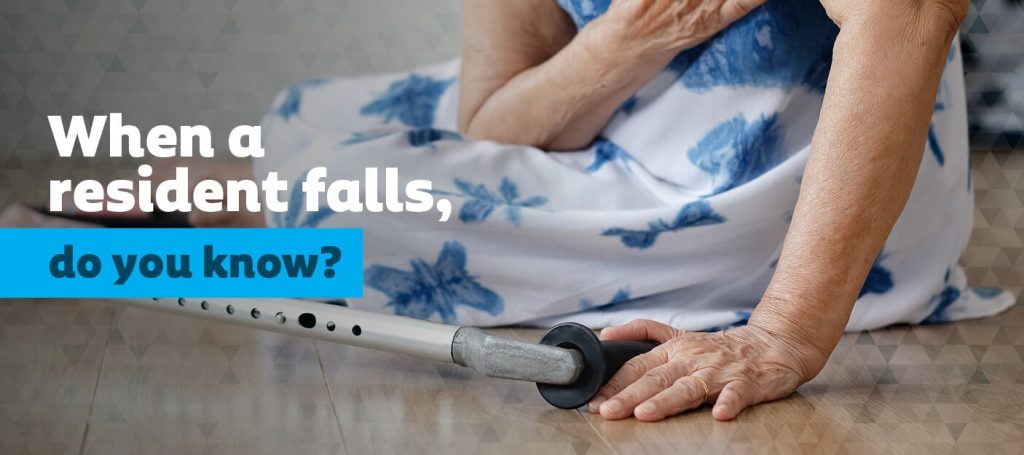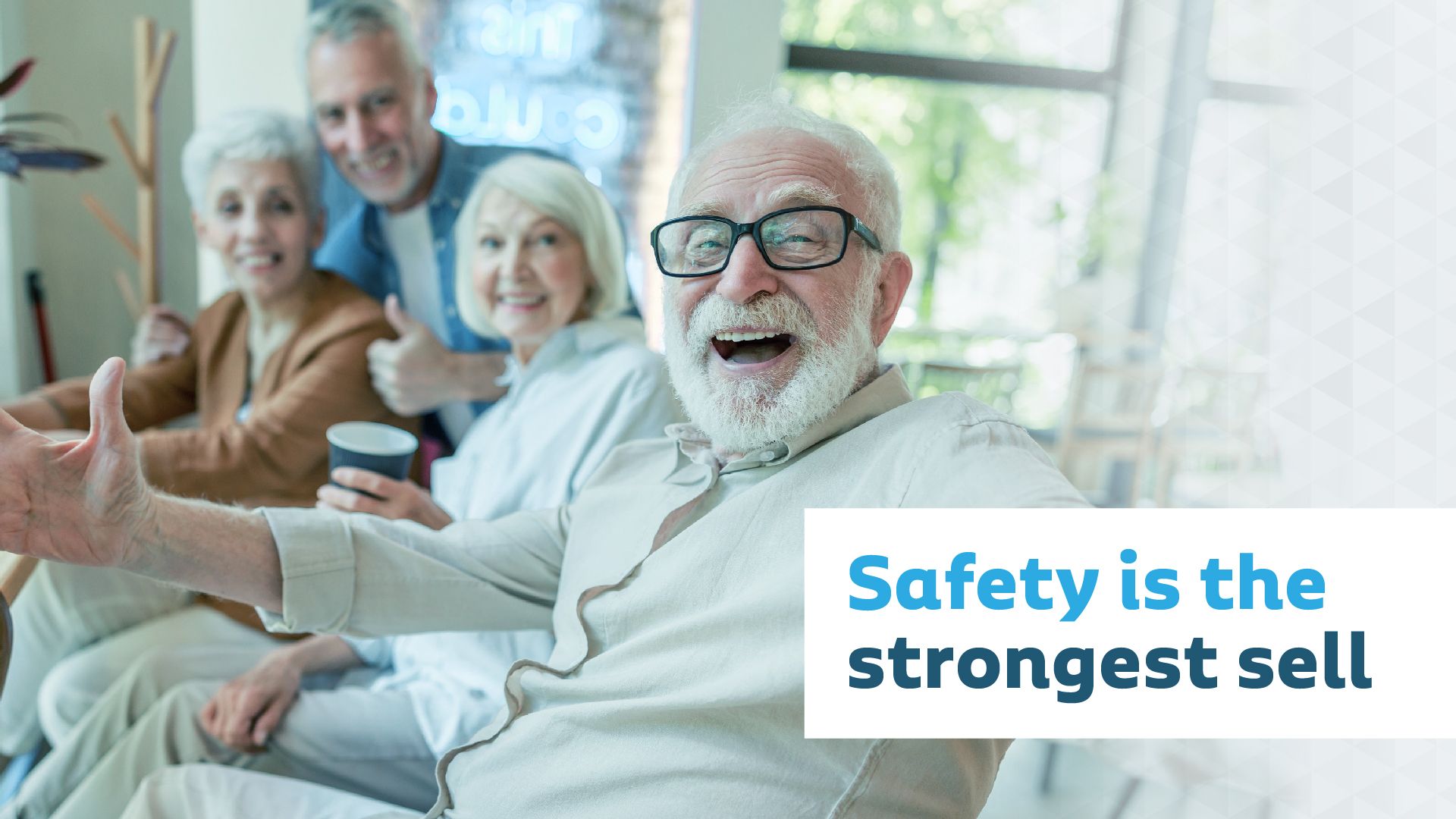Main Menu
Posted by Vayyar
December 14, 2020Unreported Senior Falls: How to Detect Them and Reduce Risk

It’s often the undiagnosed illness or the unidentified pathogen that poses the greatest health risk. The same holds true for senior falls.
Senior fall statistics show the alarming prevalence of falls in the elderly population. Nearly one in three people aged sixty-five or older fall each year – about 36 million incidents, 3 million ER admissions and 1 in 5 falls causing serious injuries. In fact, every 19 minutes an elderly person dies from a fall.
However, this data does not reflect the fact that nearly half of older adults do not discuss falls with caregivers or even family members, which is why they are often described as “hidden falls.”
When a senior fall goes unreported, the senior citizen cannot receive the medical attention they may need. And the fallout can be disastrous. Hidden falls kill.
Senior falls: the statistics
Falling once doubles the likelihood of falling again due to physical complications such as muscle or nerve damage.
Many people who fall, even if they’re uninjured, become afraid of falling. This may cause them to cut down on their everyday activities, making them weaker and increasing their chances of falling again.
What’s more, if caregivers don’t receive an elderly fall alert and are unaware of the initial event, they’ll be unprepared for what may be a more serious subsequent fall. Two out of three people who fall once will fall again in the next six months, 25% of seniors who suffer hip fractures pass away within 6 months, while 10% of assisted living residents end up moving to nursing homes after falls, putting pressure on operators struggling to cope with low occupancy rates.
Pride comes before – and after – senior falls
Why are seniors not telling loved ones or staff when they fall? The reasons vary:
- Many seniors do not want to disturb their loved ones or cause them to worry.
- Some elderly people feel a sense of shame that they are increasingly vulnerable.
- Others fear that they will lose their independence and be forced to rely on full-time care.
Overcoming this reluctance is a major challenge for caregivers and requires a fresh approach.
Falling solutions for seniors
Senior living operators play a vital role in fall safety for the elderly by assessing older adults for fall risk and taking actions to mitigate it, such as reviewing medication dosage.
New technologies enable them to do that more effectively. Vayyar Care, for example, is a solution based on advanced radio frequency technology. It does not rely on cameras that would compromise privacy. A sensor is discreetly placed on the wall of a resident’s room, instantly detecting falls and alerting staff members. The resident does not have to take any action whatsoever.
This fall detection system for the elderly not only eliminates the possibility of a hidden fall, but also provides caregivers with the data that enables them to help predict senior falls.
For example, they can analyze the length of time a resident spends in their room and in bed, as well as the number of times they visit the bathroom. This enables them to identify changes in behavior that could indicate a deterioration in overall health or an adverse reaction to medication that could increase the likelihood of a catastrophic fall.
Improving fall safety for elderly
This data-driven approach is leading a growing number of senior living operators to deploy these sensors, safeguard their residents and boost occupancy rates by reducing the risk of falls that force seniors into full-time care and reduce their longevity.
Learn how Vayyar Care keeps communities safer with rich data that enables rapid response to senior falls and enhanced resident well-being.
The Post URL was successfully copied to your clipboard
Read more on #elderly care

08 October 2024
Recruit, reinforce, and retain should be the mantra of any hiring manager.…
Read more
05 August 2024
We’re living longer, not healthier. Over 95% of people aged 65 or…
Read more
17 June 2024
Senior living occupancy has recovered from the perfect storm it weathered in…
Read more
12 May 2024
Artificial Intelligence is on the verge of revolutionizing fall prevention in elderly…
Read more


